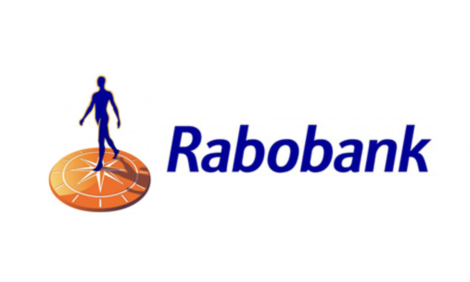



New Virus Free FMD Vaccine Developed
US - A foot and mouth disease (FMD) vaccine has been developed that does not use a live FMD virus and that can be used to identify an infected from inoculated animal.The Department of Homeland Security Science and Technology Directorate's high-containment Plum Island Animal Disease Centre (PIADC), located off the tip of Long Island, New York, scientists have produced a molecular vaccine against one strain of FMD, that 1) does not use a live FMD virus for vaccine manufacture, and, 2) can be used to differentiate an infected from inoculated animal using common diagnostic tests.
Traditional vaccines for FMD typically have three problems: first, there are so many different strains of the FMD virus that you must have a very well-matched vaccine to have any effect; second, traditional vaccines contain live FMD virus so they cannot be produced in the United States, and; third, depending on a vaccine's quality, it can be nearly impossible to determine whether an animal is actually infected, or has simply been exposed to the vaccine.
Unless one can differentiate between vaccinated and infected animals, those animals vaccinated outside the US with the traditional vaccine would be prohibited from entering any country that is designated FMD free. The United States has been FMD-free since 1929, but that is no guarantee that the disease will not strike again, as the UK learned in 2001after being FMD-free for 34 years.
"This is the biggest news in FMD research in the last 50 years," says PIADC Director Dr Larry Barrett. "It's the first licensed FMD vaccine that can be manufactured on the US mainland, and it supports a vaccinate-to-live strategy in FMD outbreak response."
The new FMD vaccine, originally discovered by Dr. Marvin Grubman in the USDA Agricultural Research Service at PIADC, took seven years to develop and license. Dr. Bruce Harper, Director of Science at PIADC and the manager over PIADC's Targeted Advanced Development Branch, led the development team, who worked with industry partners GenVec Inc., a biopharmaceutical company in Gaithersburg, Maryland, and Antelope Valley Biologics, a Benchmark Biolabs affiliate in Lincoln, Nebraska.
The FMD viral structure includes genetic material surrounded by a coat of proteins called a capsid. The new vaccine produces only the virus coat particles, which form empty viral capsids, and not the entire genome of the virus; thus it lacks the infectious viral nucleic acids. When the vaccine is injected into the animal the resulting empty viral capsids trigger a protective immune response.
"The absence of the nucleic acids of the real virus allows us to differentiate between vaccinated and infected animals," said Grubman. "This is critical when determining that an animal is free of infection after an FMD outbreak. Now it will no longer be necessary to destroy all the animals in a herd when just a few become infected."
The development of the vaccine was a team effort that required new scientific discoveries in order to work properly. Dr John Neilan, the Branch Chief of the DHS Targeted Advanced Development Branch at PIADC, developed a way to address the immune response to the vaccine, which made it possible to achieve the level of effectiveness required for a USDA license.
The vaccine has been granted conditional license for use in cattle by the USDA Animal and Plant Health Inspection Service's Center for Veterinary Biologics. Under the conditional license, the product may be distributed should the need for it arise, as authorised by federal emergency management officials within USDA. APHIS issued the conditional license to Antelope Valley Bios, Inc., who manufactured the vaccine under a contract from GenVec.
The FMD virus, noted since at least the 16th century, survives in lymph nodes and bone marrow. Large amounts of the virus are found in all body secretions and excretions and every time an infected animal breathes out it releases large amounts of infectious virus, exposing other animals. FMD virus can survive on the ground for extended periods, and can be carried in contaminated feed, manure, on the tires of vehicles and on the shoes and clothes of people. It has been documented to spread by being carried with the wind over long distances. The most common route of introduction of FMD into a country has been through feeding contaminated meat product scraps to pigs, as was the case in the devastating 2001 outbreak in the United Kingdom.
There are seven known serotypes and more than 60 subtypes of the FMD virus, and there is no universal vaccine against the disease. Potential cost of an FMD outbreak in United States could exceed $50 billion. FMD is present today in Africa, the Middle East, Asia, and parts of South America.
PIADC has entered into a cooperative research and development agreement with an industry partner, Merial, to evaluate the FMD vaccine production process. S&T is also funding efforts to develop vaccines against other foreign animal disease threats such as classical swine fever, African swine fever, and Rift Valley fever.
"Our work isn’t over yet," says S&T's Agricultural Defense Branch Chief Michelle Colby. "This vaccine protects against just one strain of FMD, so this is just the tip of a growing iceberg. DHS has several vaccines for other FMD serotypes ready to enter the licensure process."








